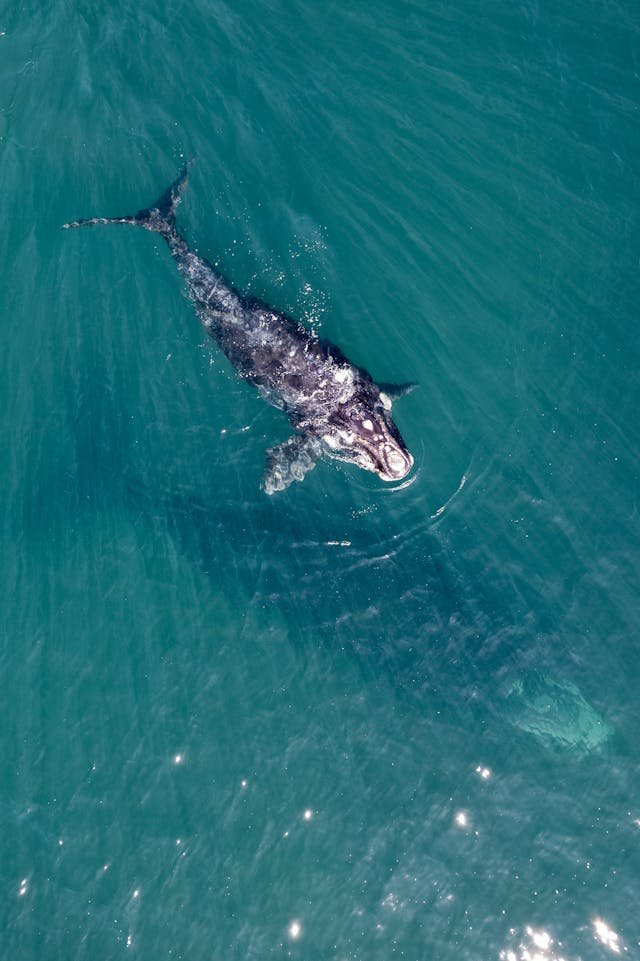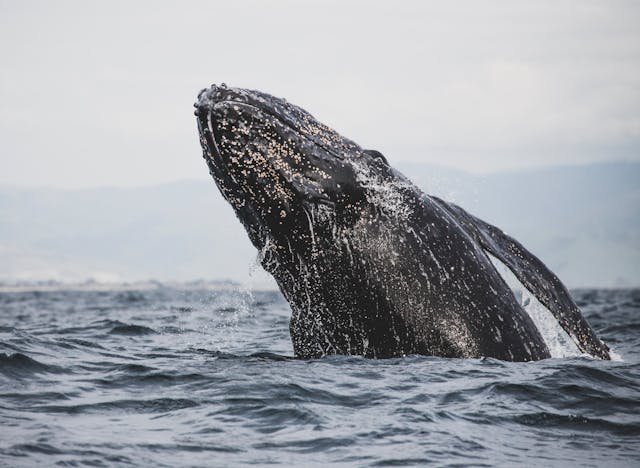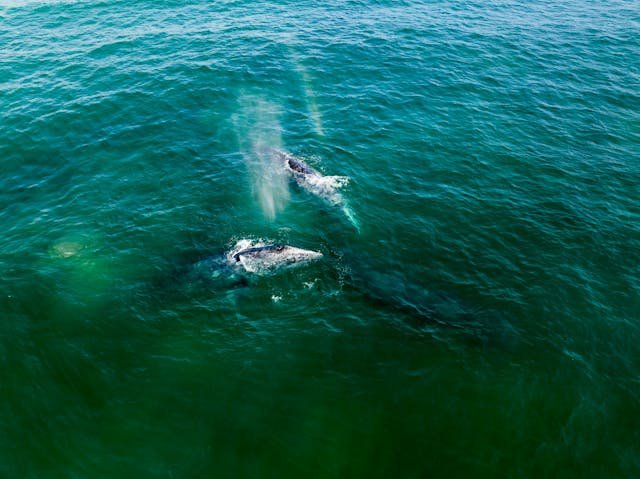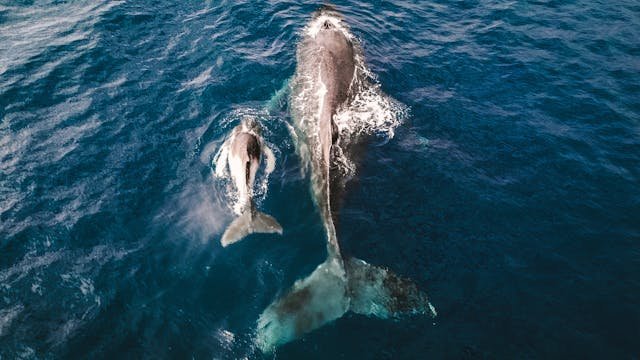
Introduction: A Historic Event
It would be of great interest to many to learn that a gray whale has been found off the coast of New England in relatively recent time, that is in hundreds of years. This sighting is considered to be one of the few that marks the presence of gray whales in the Atlantic having been thought to be extinct by at least the 19th century. The sighting of this 90,000 pound mammal by the aerial survey team of the New England Aquarium has brought out great joy and much debate among scientists and masses.
Historical Context: Gray Whales in the Atlantic
Gray whales which occurred in the North Atlantic were hunted to local extinction in this area by the end of the 18th century. These nations’ records in the Atlantic were almost wiped clean by the revolution while. It is rather surprising that the recent spotting around the waters of Nantucket has shifted from what has become a long-standing trend.
The Recent Sighting:
On March 1, 2024 a gray whale was sighted about 30 miles of Nantucket. Kate Laemmle, a researcher from the New England Aquarium, described the sighting as a moment of disbelief: “I was thinking hard on what my eyes were seeing because this was a creature that could not normally be expected to be around these parts. ”

Possible Explanations:
Several theories have emerged to explain this unprecedented sighting:
Climate Change:
A consequence of global warming is the fact that there has been the melting of Ice in the north western passage of northern Canada hence opening up an opportunity to have an easy ride for the gray whales all the way to the Atlantic. This new route may not have been possible in the previous century because of ice-covering which may have dominated this area.
Range Expansion:
Others think that the altering conditions of the environment might be forcing the Gray Whales to look for other abodes outside the Pacific region.
Navigational Errors:
There is also a possibility that a young or lost gray whale deviated from its usual migration path, leading it to Nantucket waters by mistake.
Time and time again it is said that history is more of a wonder than anything else and historical records indicate that all that glitters is not gold and vice versa, and thus, in this line of thought, the discoveries of this study hold wonders than history.
The sighting of gray whale Nantucket could therefore be the fifth verified case of a gray whale, drifting outside the Pacific in the last 15 years after similar sightings were reported in the Mediterranean sea, Namibia, Florida among others. The latest sighting of a humpback whale possibly could be the same, which was spotted last year around Florida as suggested by Orla O’Brien, an associate research scientist at the New England Aquarium.

Impact on Marine Ecosystems:
The return of gray whales to the Atlantic could have several ecological implications:
Predator-Prey Dynamics:
The impact of phytoplankton may further be influenced by such species as the gray whales if translocated to the North Atlantic.
Habitat Use:
It is crucial to find out how gray whales get along with new locations as well as get the information about the conditions of the marine environment in the present days.
Scientific Research and Monitoring:
Because it is such a special event, researchers want to examine the particulars of gray whales’ migrations and how they might affect the future of marine ecosystems. It is possible to look how species distribution and migration are affected by environmental changes by relying on the sighting.
By understanding the role climate change, it is possible to develop ways of tackling this problem and reducing its impact in the society. This research aims to understand how environmental changes are influencing species distribution and migration patterns, particularly with the increased interest in “gray whales Nantucket.”
The Melting Ice And New Migration Routes:
Global warming has contributed to the decrease of the ice cover in Arctic that may unlock the migration to Atlantic for gray whales. But the ability of these whales to travel through other regions that were hitherto inaccessible due to formation of ice barriers shift their patterns in migration.
The Double-Edged Sword:
On the one hand, the melting ice would afford new migration routes However on the same note, the concern is expressed. This might be because the numbers of their prey in the Pacific has reduced and the gray whales have been forced to look for feeding ground in the Atlantic. This change may be due to other stressful environmental factors influencing the whale.

Conclusion:
The sighting of a gray whale Nantucket represents a significant development in marine biology, offering insights into the shifting dynamics of our oceans. It underscores the resilience of gray whales and the broader impacts of climate change on marine species. As scientists continue to study this phenomenon, there is hope that we can better understand and protect these majestic creatures and their habitats in an ever-evolving world.
Interested in learning about crocodiles click here to learn more



